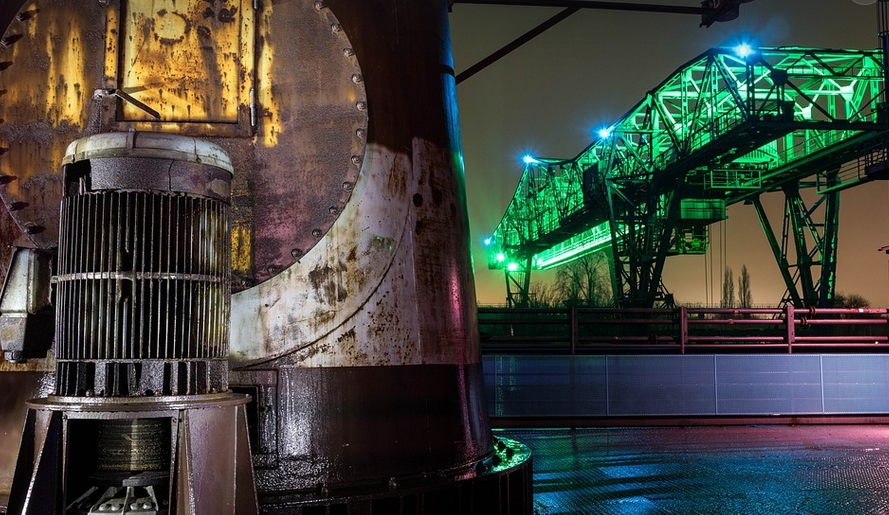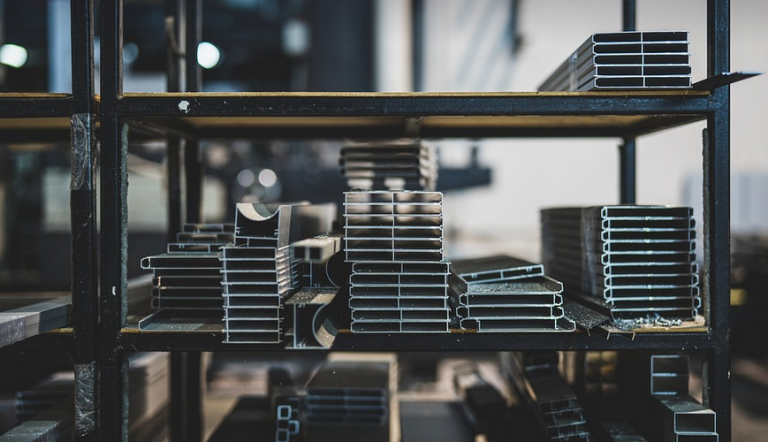
Understanding the Winter Threat
Winter’s chill can be beautiful, but it also brings a frosty reality check for our sprinkler systems. These systems are often left vulnerable to freezing temperatures, potentially causing costly damage and even shutting down your entire plumbing landscape.
Imagine this: You wake up on a frigid morning, the sun just barely peeking over the horizon, ready to start your day like every other. But as you turn on the water, a sudden gush of icy water erupts from your sprinkler system, leaving you in shock and scrambling to fix the damage. This is the reality many homeowners face each winter.
Thankfully, there are several simple measures you can take to prevent these dreaded frozen pipes. Let’s dive into some practical strategies that will help keep those precious water lines warm and your sprinklers running smoothly throughout the season.
The Dangers of Frozen Pipes
Frozen sprinkler pipes pose a significant threat, far beyond just inconveniencing you on a cold winter day. These frozen pipes can burst under pressure, leading to potentially substantial water damage. This can range from minor leaks to catastrophic flooding, depending on the severity of the freeze.
The consequences go beyond just the immediate mess. Imagine a burst pipe in your basement, damaging valuable belongings or even triggering a fire hazard. It’s not just about the cost of repairing the leak; it’s about the potential safety risks associated with water damage and structural instability.
Frozen pipes can also lead to significant energy wastage. A frozen sprinkler system will be inefficient, and it may even require additional heating cycles to thaw out the frozen portions. This not only increases your energy bills but also puts extra strain on your appliances and electrical system.
Furthermore, the potential damage caused by a burst pipe can be financially devastating after an already stressful winter season. Repair costs for frozen pipes are often much higher than maintaining them throughout the year. It’s crucial to understand that preventative measures are far more cost-effective than costly repairs.
How to Protect Your Sprinkler Pipes
Preventing frozen sprinkler pipes is a straightforward process, even for those who aren’t plumbing experts. Here’s how you can ensure your sprinklers stay cozy throughout the winter:
Simple Steps for Winter Protection
- Insulate Exposed Pipes: One of the most effective ways to prevent freezing is by insulating vulnerable pipes, particularly those running through unheated areas like attics or basements. This can be achieved with specialized pipe insulation sleeves or even simply wrapping them in foam pipe insulation for added protection.
- Exterior Insulation: Consider wrapping your outdoor plumbing fixtures and appliances with insulation materials to minimize exposure to cold air and moisture. Insulating your water meter also prevents freezing from affecting the entire system.
- Thermostat Trick: Adjusting the thermostat a few degrees can make a big difference. Set it slightly higher than usual, especially if you’re away for extended periods or during particularly cold nights. This helps maintain consistent warmth in your pipes and prevents them from freezing.
- Seal Air Leaks: Check all windows, doors, and any other potential air leaks around your home. These tiny openings can allow cold air to seep in and make your sprinkler system vulnerable to freezing. Sealing these points effectively minimizes the risk of frost damage.
Beyond the Basics: Proactive Measures
While insulation is a must-have, proactive measures can further safeguard your sprinkler system against the winter chill. Here are some additional tips:
- Maintain Your Sprinkler System Regularly: Regular maintenance is crucial for keeping your system running smoothly and effectively throughout the year. This includes checking sprinkler heads, clearing debris from your system, and ensuring all valves operate properly.
- Winterize Your Sprinklers: Once winter approaches, it’s time to disconnect your irrigation system and drain the pipes to prevent internal freezing and potential damage. This might involve draining the water lines completely or using specialized winterizing plugs that allow for minimal drainage while keeping the system free from ice formation.
- Consult with Professionals: If you are unsure about any aspect of winterizing your sprinkler system, don’t hesitate to consult with a licensed plumber. They can help assess the safety and efficiency of your system and advise on the best course of action for your specific needs.
By taking these simple precautions, you can keep those precious sprinkler pipes thawed out all winter long and avoid the inconvenience and costs associated with frozen pipes. Your investment in prevention pays off in both time saved and the peace of mind that comes from knowing your home’s plumbing system is safe and ready for any weather challenge.


